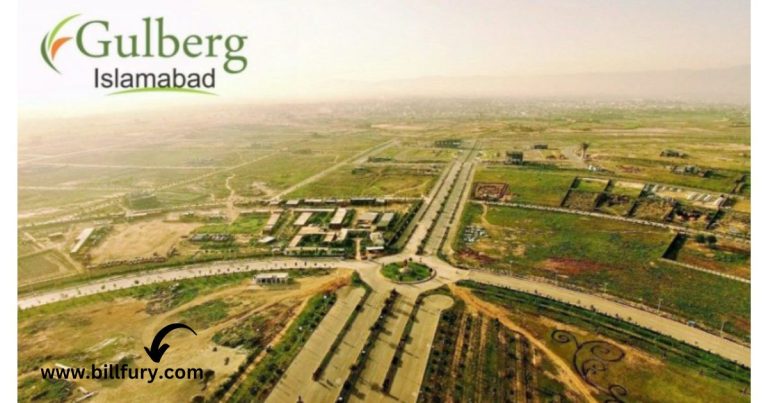The Intersection of Employee Well-being and Legal Compliance: Optimizing Worker’s Compensation Coverage
The Role of Workers’ Compensation in Modern Businesses
In the modern era, where business dynamics are constantly in flux, providing workers’ compensation benefits plays a pivotal role. An effective workers’ compensation system is an integral part of the employment contract, not only ensuring employees are cared for after work-related injuries or illnesses but also safeguarding employers against potentially crippling litigation. This creates a social safety net for employees and provides a stable environment for employers to mitigate risk. The effectiveness of such a system rests on the delicate balance of equitable coverage, employer due diligence, and employee awareness of rights and entitlements.
The Legal Landscape Surrounding Workers’ Compensation
Workers’ compensation is far from a universal model; it is a mosaic of state-specific mandates that form an intricate legal labyrinth. This complexity demands acute, informed strategies for businesses operating across multiple states to maintain Compliance and negate potential fiscal penalties. It isn’t just about adhering to the letter of the law – it’s about understanding its spirit and weaving it into the fabric of the company’s operational norms and values. As the business terrain extends beyond borders, so does the scope of requisite legal know-how, underscoring the importance of strategic legal consultation and proactive policy adaptation.
Insights on Workers’ Compensation Insurance Costs
Understanding the drivers behind workers’ compensation insurance costs is akin to decoding a complex algorithm. These costs reflect multifaceted components such as the inherent risks of specific industries, a company’s claim history, and the geographic dispersion and size of the workforce. In conjunction with savvy risk assessment, seasoned financial planning can transform what often feels like a game of chance into a controllable, budgeted line item. Staying current with industry standards and claim trends can be the difference between a good year and a financial shortfall.
Emerging Trends in Workplace Safety and Coverage
Workplace safety protocols and workers’ compensation coverage are rapidly evolving, influenced heavily by societal and technological changes. The rise in focus on mental health, for instance, is prompting companies to reconsider what constitutes a ‘work-related injury.’ Simultaneously, ergonomic advances are driving businesses to reassess their workplace safety equipment and practices to prevent injuries before they happen. Adapting to these evolving trends is not optional but an essential component of maintaining relevant and effective workers’ compensation coverage that serves the contemporary workforce.
Calculating Risk and Adjusting Policies
Insurance is fundamentally about managing risk, and in the fluid context of a growing or reorganizing company, the ability to adjust policies to align with new realities is crucial for sustained protection. This process involves regular policy reviews, assessing occupational risk levels, and engaging with new industry data that may affect future claims. The proactive adjustment of policies not only safeguards against potential oversights but is also a testament to a business’s commitment to its workforce’s well-being and financial health.
Steps to Streamline Workers’ Compensation Claims
Streamlining the workers’ compensation claims process significantly eases the administrative tasks that typically bog down HR departments and accelerates employee support when needed. From incident documentation to claim filing and liaising with insurance carriers, a streamlined process can drastically reduce turnaround times and improve employee satisfaction. Employers who hone this process display efficiency and empathy, enhancing their reputation as an employer that genuinely values its personnel.
Understanding Employee Rights and Employer Responsibilities
The fabric of workers’ compensation is woven with the threads of rights and responsibilities. Employees must be apprised of their rights to seek adequate medical treatment and appropriate compensation after a work-related injury or illness. Concurrently, employers are responsible for ensuring these rights are actionable, which entails maintaining a safe work environment and providing accurate information about the workers’ compensation claims process. Compliance and education are the twin pillars that uphold this critical aspect of employment law.
The Importance of Workplace Safety Programs
Comprehensive workplace safety programs serve a dual purpose: They help prevent accidents and injuries and, in doing so, potentially reduce the number of workers’ compensation claims and associated costs for a business. Such programs can encompass training, regular safety audits, and continuous improvements in safety measures. Not only do these initiatives demonstrate an investment in human capital, but they also foster a preventive culture that can boost employee morale and productivity.
The Interaction Between Workers’ Compensation and Health Insurance
Deciphering the distinctions and overlaps between workers’ compensation and health insurance is critical to managing employee benefits. While health insurance typically assists with general medical expenses, workers’ compensation is specifically designed to address work-related injuries and illnesses. This delineation is particularly pertinent when managing claims and communicating with employees about coverage options. A clear understanding by all parties can stave off confusion and ensure appropriate use of each policy.
Workers’ Compensation in the Age of Remote Work
The proliferation of remote work arrangements has thrown traditional workers’ compensation coverage into uncharted waters. With work-related injuries now potentially occurring within the confines of an employee’s home, delineating what constitutes a compensable claim can be complex. Moreover, setting up preventive measures in a home office environment is a new challenge that requires innovative approaches and, potentially, adjustments in policy language and coverage terms.
Integrating Technology for Better Coverage Management
Technology has emerged as a beacon of innovation within workers’ compensation. Sophisticated software for claims management, predictive analytics for risk assessment, and communication platforms for training are transforming how employers address worker safety and insurance. This technological thrust enhances precision in policy application, improves responsiveness to claims, and fundamentally helps preserve the most valuable asset of any business: its people.






